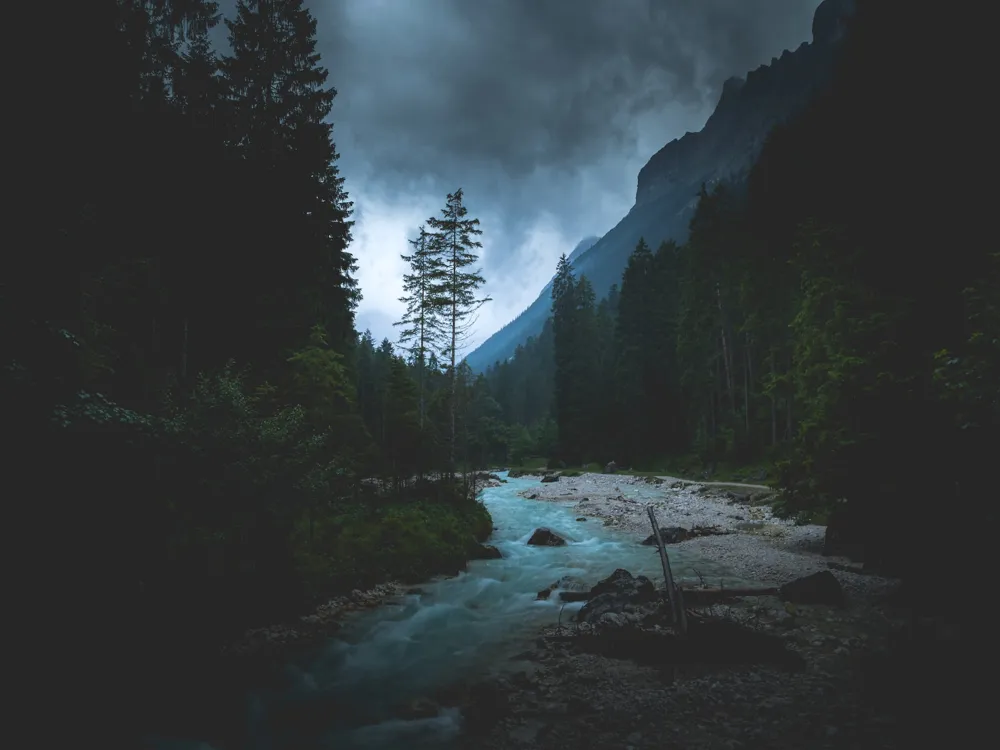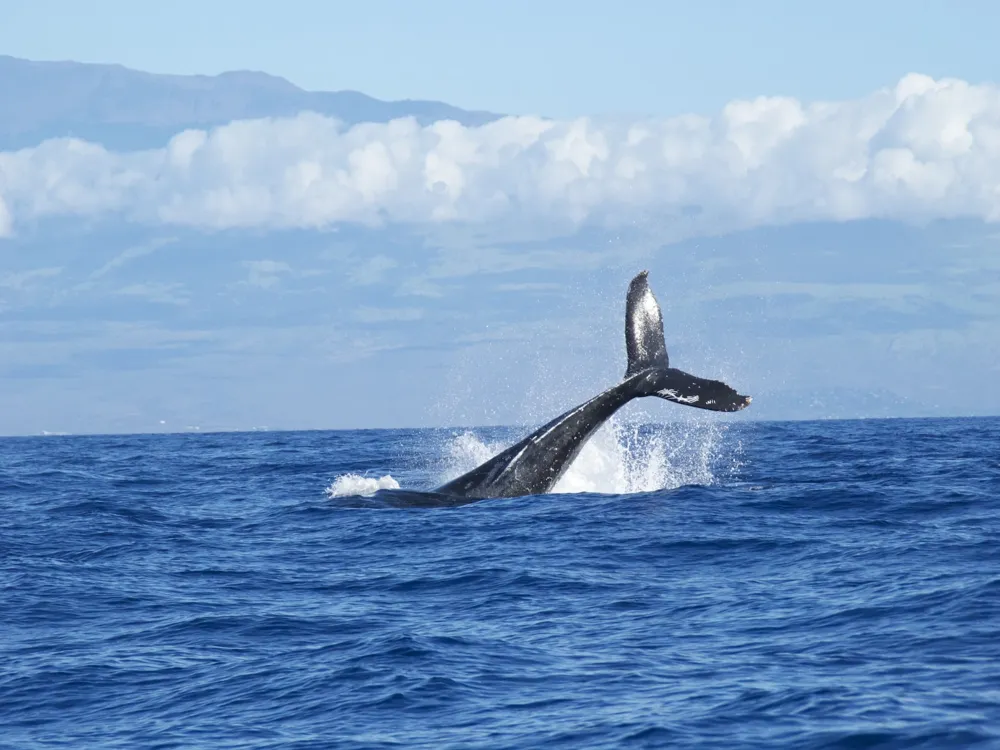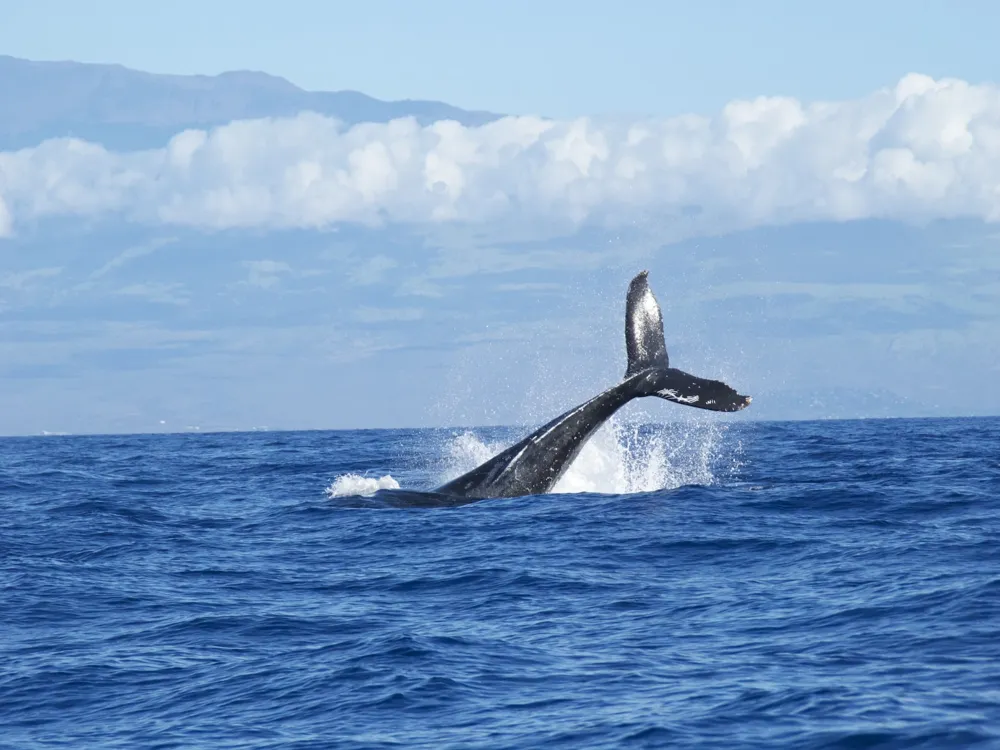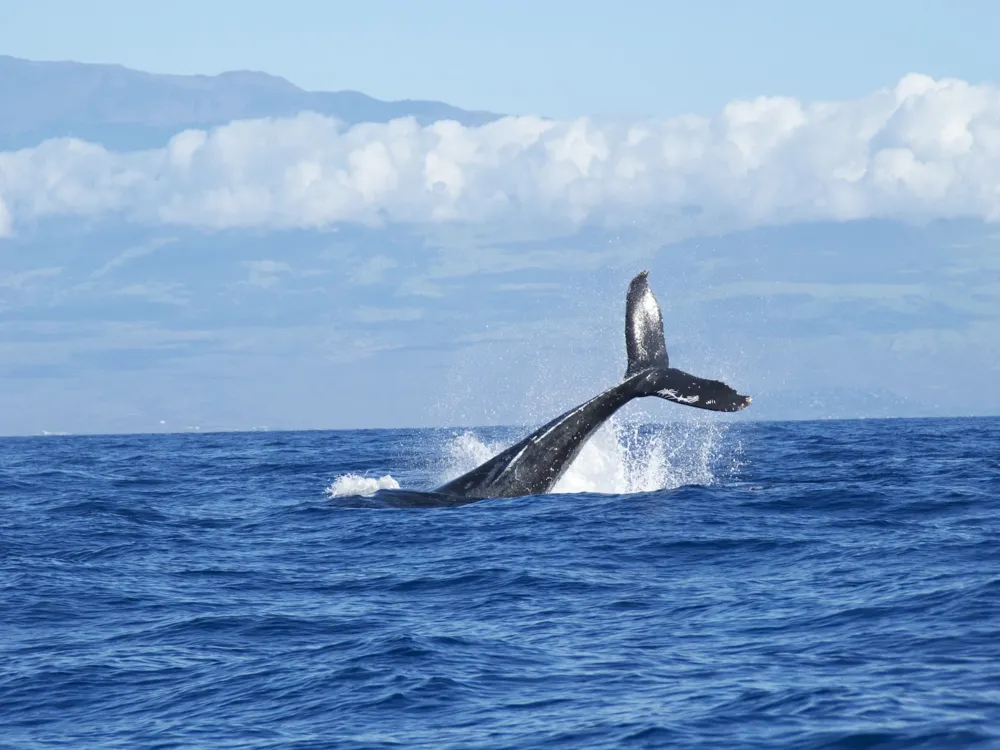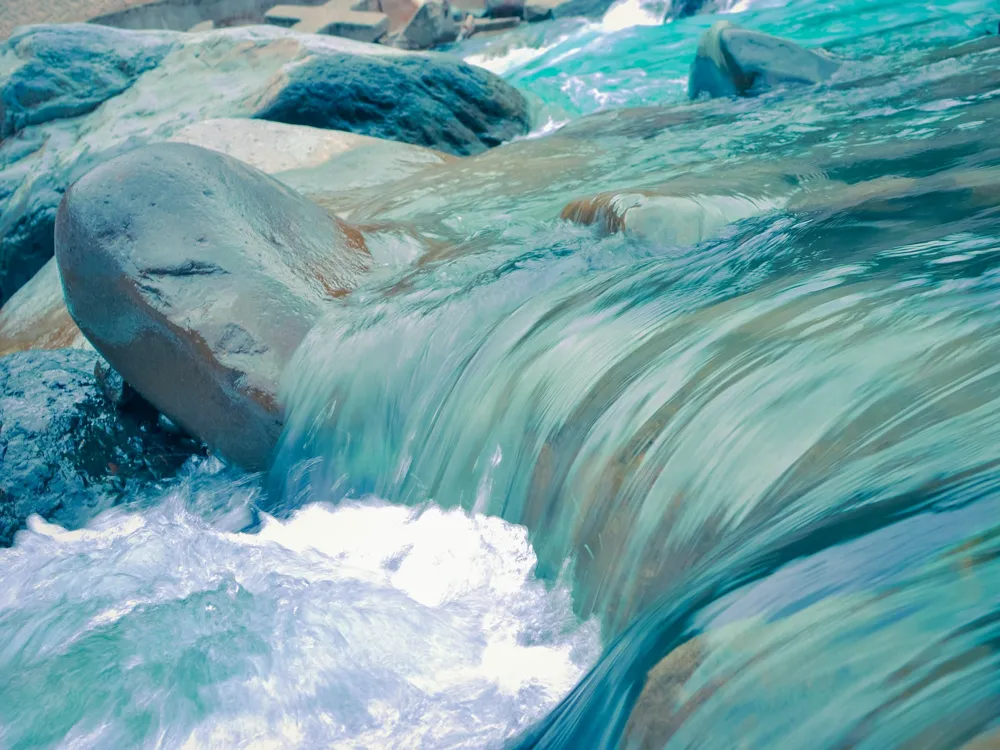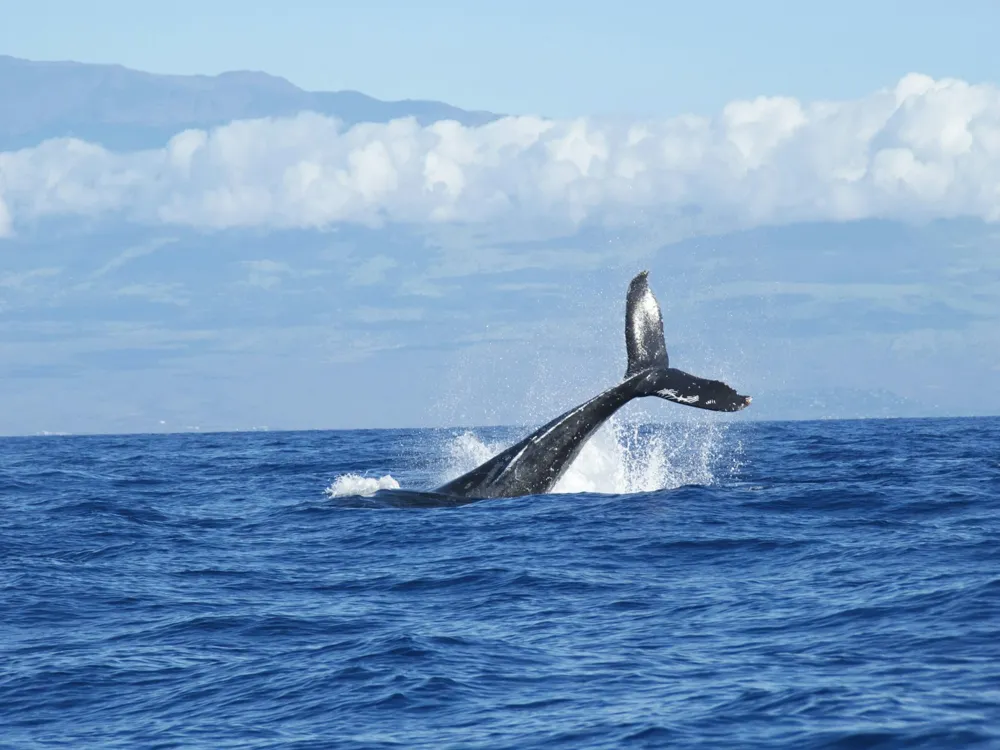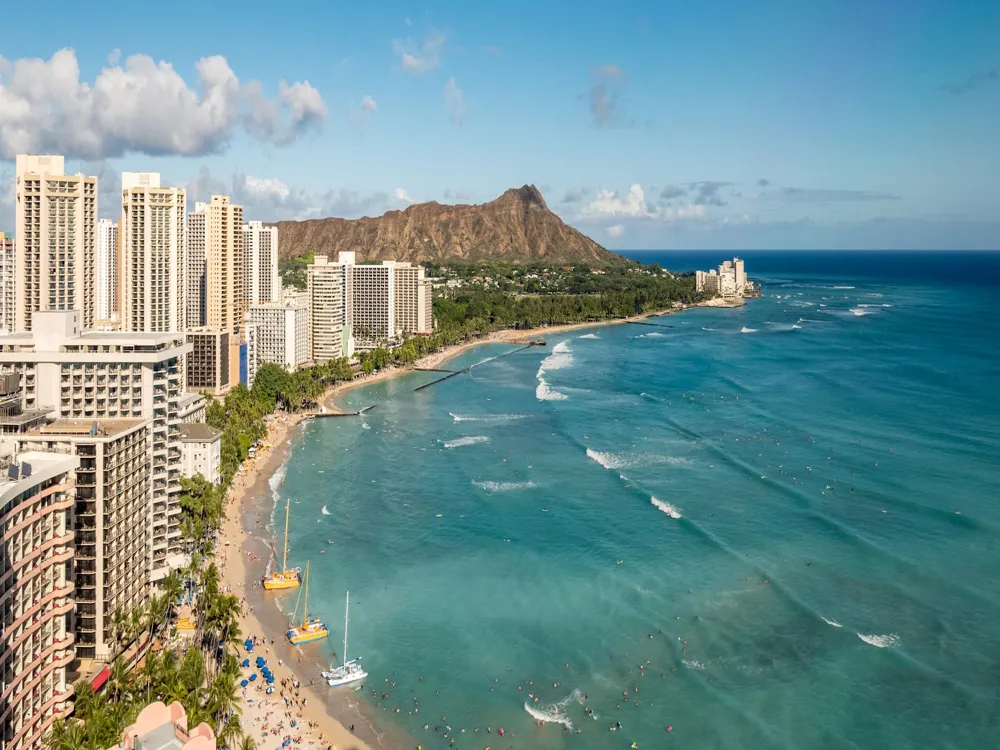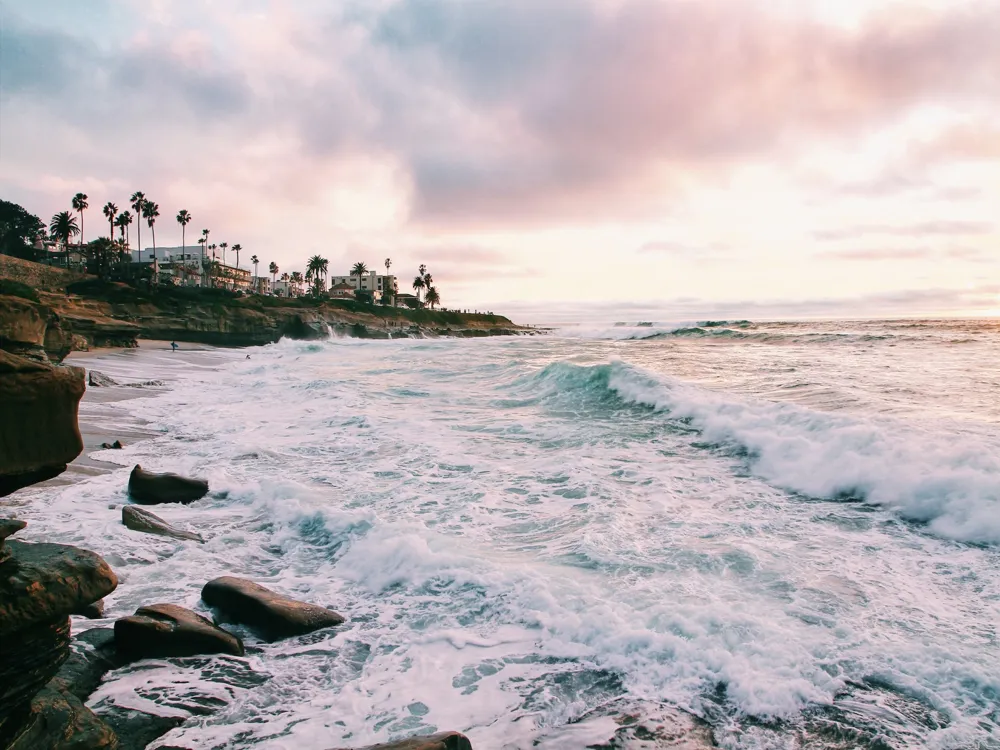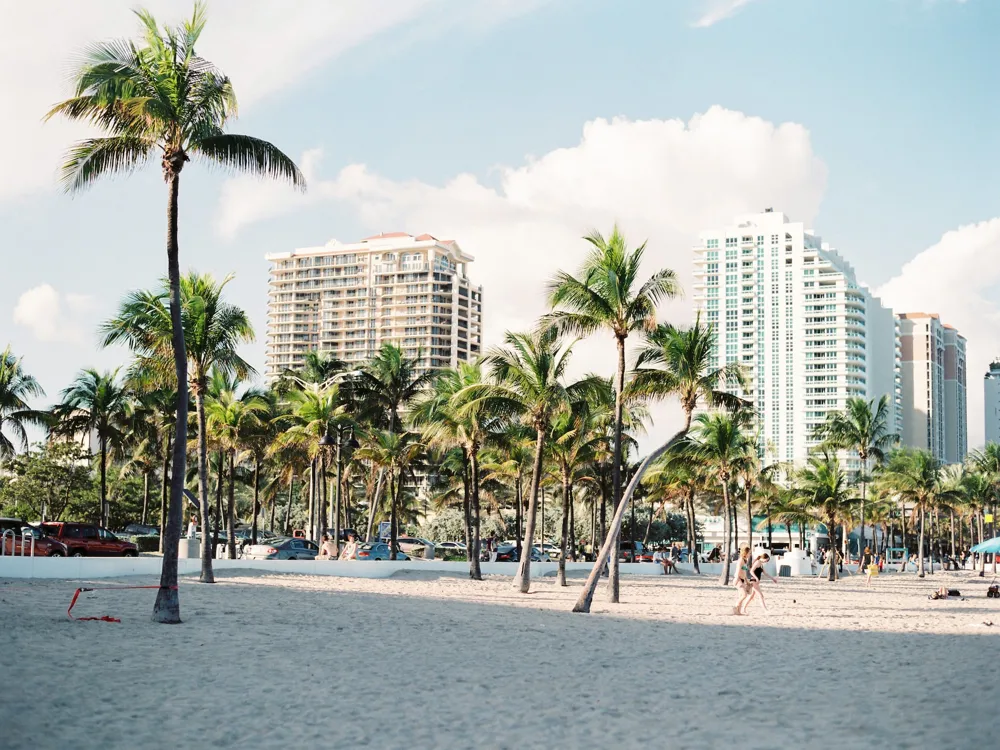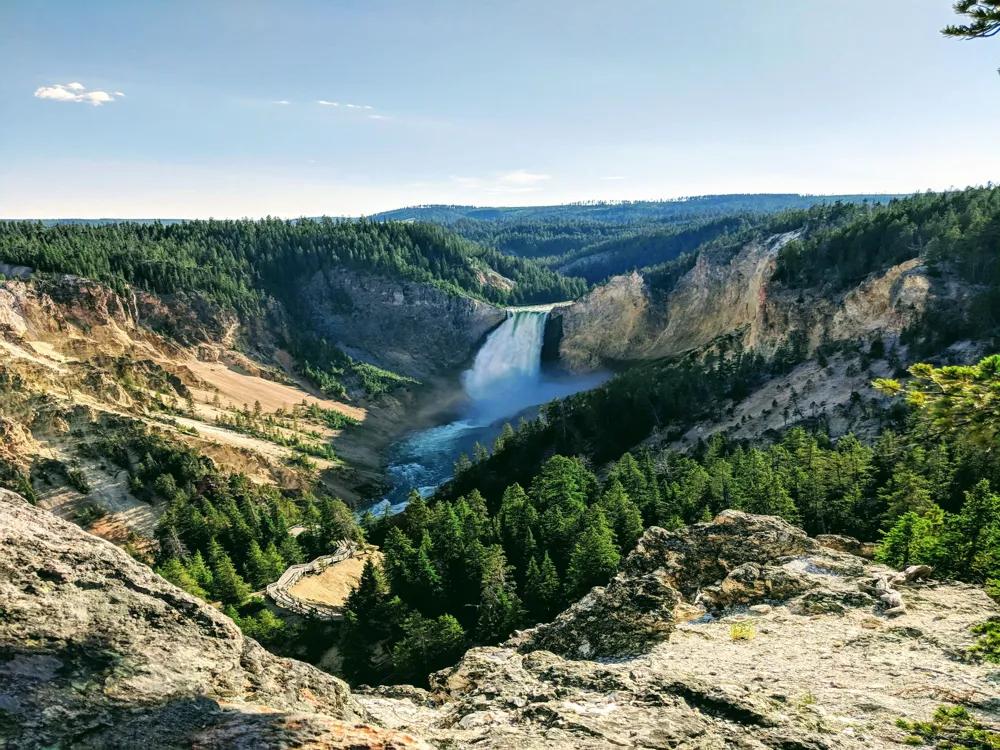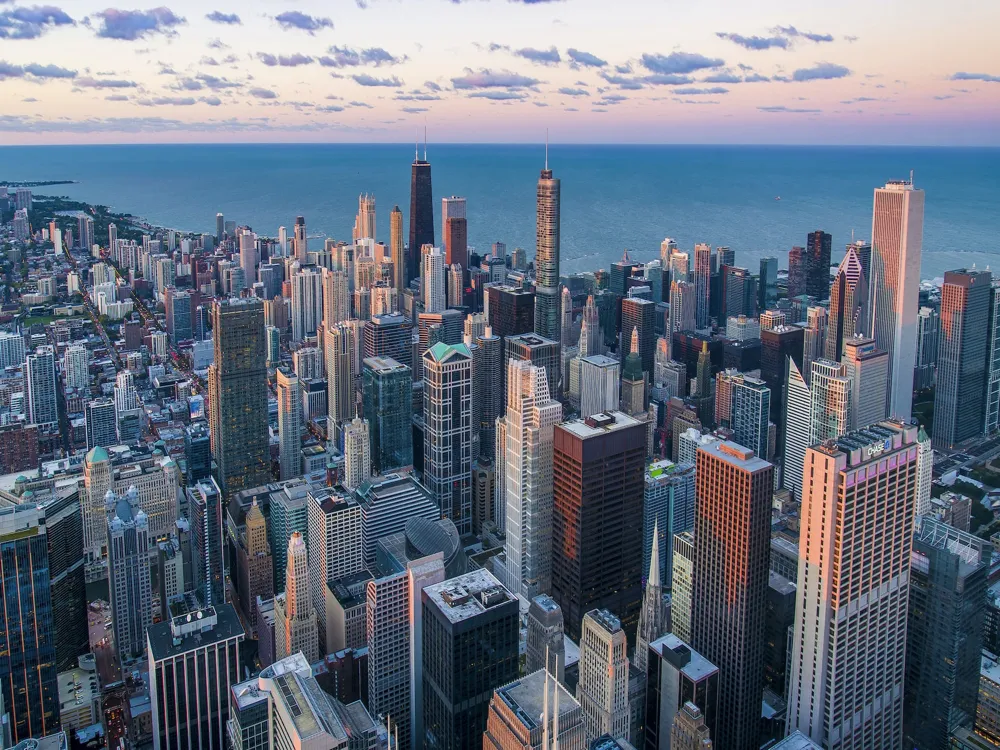Maui, the second-largest of the Hawaiian Islands, is renowned for its world-class water sports, attracting enthusiasts from all corners of the globe. This tropical paradise offers a diverse range of activities, from tranquil to adrenaline-pumping, in its crystal-clear waters. Whether you're a seasoned pro or a beginner, Maui's unique geographic features and ideal weather conditions make it a premier destination for water sports. The island's north shore, particularly the world-famous Ho'okipa Beach Park, is a mecca for windsurfing. Consistent trade winds and large swells provide the perfect playground for windsurfers. Similarly, kiteboarding thrives in these conditions, with Kanaha Beach Park being a popular spot. For those who prefer the serenity of paddling, Maui's numerous bays and protected waters are ideal for stand-up paddleboarding (SUP) and kayaking. The calm and clear waters offer excellent opportunities for all skill levels, along with spectacular views of marine life. Surfing, the sport that Hawaii is most famous for, is deeply ingrained in the island's culture. Maui boasts a variety of surf spots, ranging from gentle waves for beginners at spots like Lahaina and Kihei to the legendary big wave spot, Pe'ahi (Jaws), known for its massive winter swells. Snorkeling and scuba diving are also integral parts of the water sports scene in Maui. The island's diverse underwater topography and abundant marine life, including the magnificent Hawaiian green sea turtles, make it an underwater paradise for divers and snorkelers. Additionally, Maui's recent innovation in water sports cannot be overlooked. Newer activities like hydrofoil surfing, where surfers glide above the water on a hydrofoil board, are gaining popularity. These innovations, combined with traditional water sports, continue to position Maui as a leading destination for water sports enthusiasts worldwide. The architecture of water sports in Maui is not just about the physical structures but also the way in which the island's natural features harmonize with these activities. The interaction between Maui's topography, oceanic conditions, and human innovation creates a unique architectural framework for water sports. The north shore of Maui, with its consistent winds and large swells, has been naturally sculpted into an ideal arena for windsurfing and kiteboarding. These conditions have led to the development of specific gear and equipment designed to maximize performance in Maui's unique conditions. Similarly, the south and west coasts of Maui, with their gentler waves and clearer waters, provide the perfect setting for surfing schools, stand-up paddleboarding, and snorkeling ventures. In terms of infrastructure, Maui has developed a range of facilities to support its water sports industry. Beach parks are equipped with showers, restrooms, and picnic areas, ensuring a comfortable experience for visitors. Local businesses offer rentals, lessons, and tours, catering to all levels of experience and interest. This infrastructure is thoughtfully designed to blend with the natural environment, ensuring minimal impact on Maui's pristine landscapes. The architectural philosophy of Maui's water sports scene is deeply rooted in sustainability and respect for nature. Efforts are made to ensure that water sports activities do not harm the island's delicate ecosystems. This is evident in the eco-friendly practices adopted by many water sports businesses, such as using biodegradable products and advocating for the protection of marine life. This unique blend of natural beauty, cultural significance, and sustainable practices forms the architectural backbone of water sports in Maui, making it a model for other destinations worldwide. Before engaging in any water sport, familiarize yourself with the local weather and ocean conditions. Maui's weather can be unpredictable, and understanding the surf report, wind patterns, and tide schedules is crucial for a safe and enjoyable experience. Select a water sport that matches your skill level and interests. Beginners might prefer the calm waters of the south and west coasts for activities like SUP or snorkeling, while experienced surfers might seek the challenging waves of the north shore. Be mindful of the cultural significance of the ocean to the Hawaiian people. Respect local customs and follow eco-friendly practices to help preserve Maui's natural beauty and marine life. Always prioritize safety. Use proper gear, never venture into the ocean alone, and consider taking lessons from certified instructors, especially if you are new to a particular water sport. Consider renting equipment or taking lessons from local businesses. This not only supports the local economy but also provides you with expert knowledge of the Maui waters. Maui is accessible by air, with the main airport being Kahului Airport (OGG). From the airport, you can rent a car, use public transportation, or arrange for a shuttle to reach different water sports locations around the island. Many water sports areas are spread across the island, so having a mode of transportation is essential. Additionally, some water sports businesses offer shuttle services from major hotels and resorts. Read More Maui TourismOverview of Water Sports in Maui, Hawaii
Architecture of Water Sports in Maui, Hawaii
Tips for Visiting Water Sports in Maui
Understand the Conditions
Choose the Right Activity
Respect Local Culture and Environment
Safety First
Support Local Businesses
How To Reach Water Sports in Maui
Best Time to Visit Maui
How to Reach Maui
Things To Do Maui
Water sports
Maui
Hawaii
NaN onwards
View maui Packages
Maui Travel Packages
View All Packages For Maui
Top Hotel Collections for Maui

Private Pool

Luxury Hotels

5-Star Hotels

Pet Friendly
Top Hotels Near Maui
Other Top Ranking Places In Maui
View All Places To Visit In maui
View maui Packages
Maui Travel Packages
View All Packages For Maui
Top Hotel Collections for Maui

Private Pool

Luxury Hotels

5-Star Hotels

Pet Friendly












